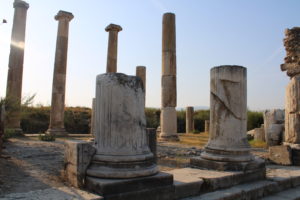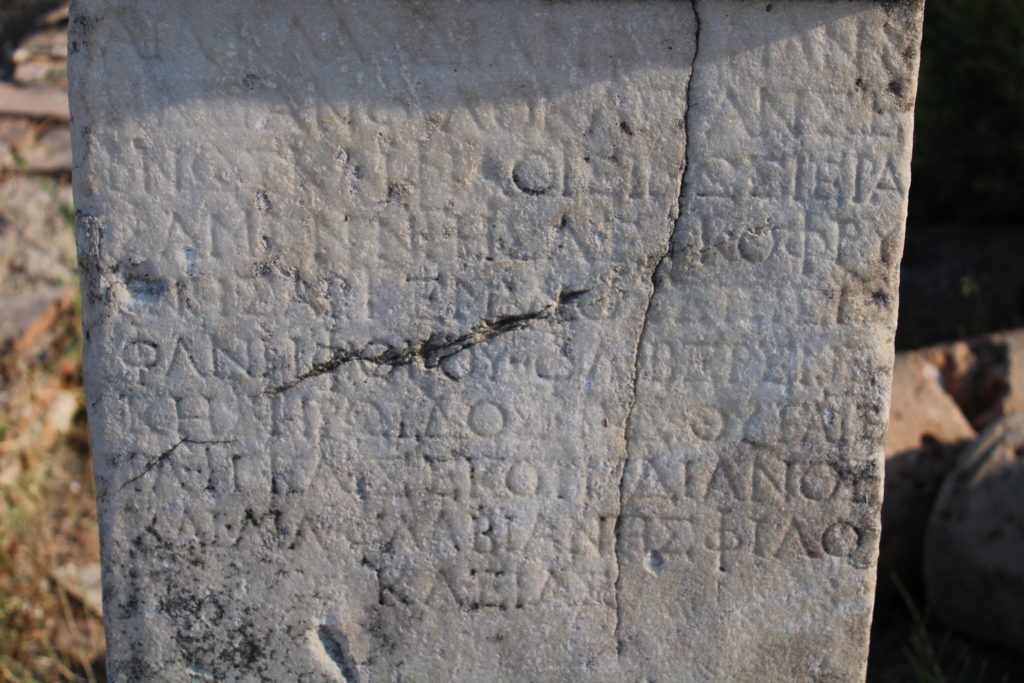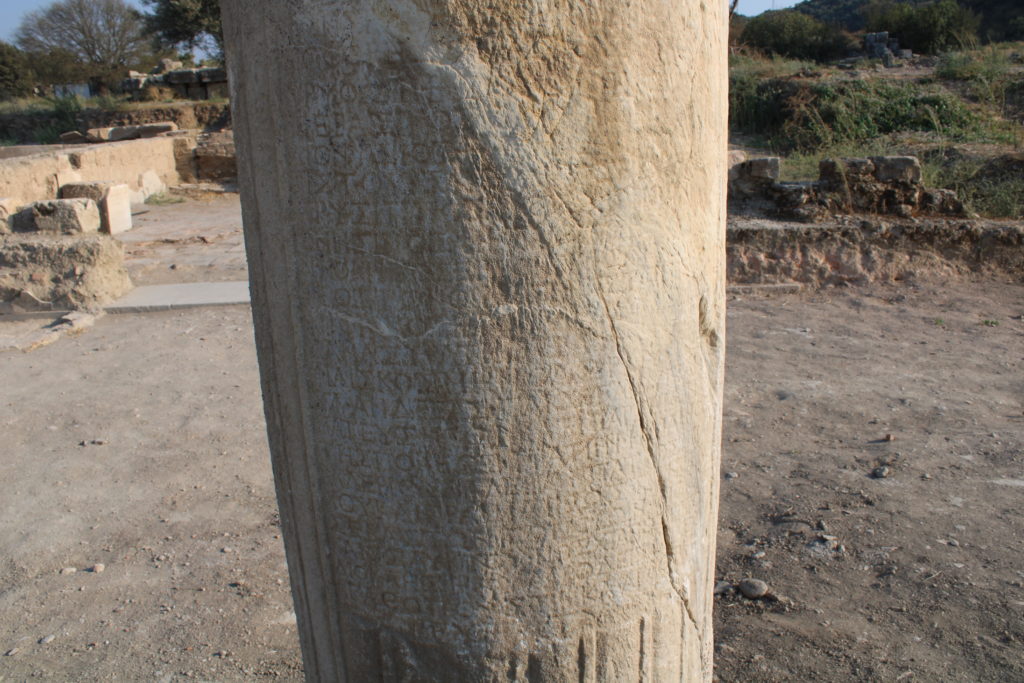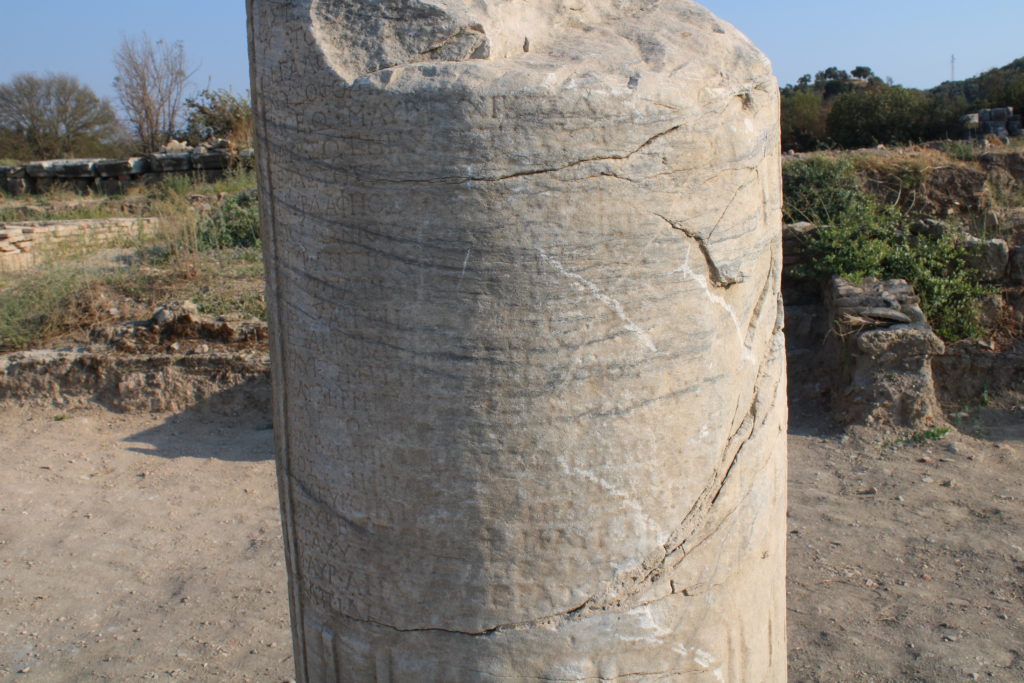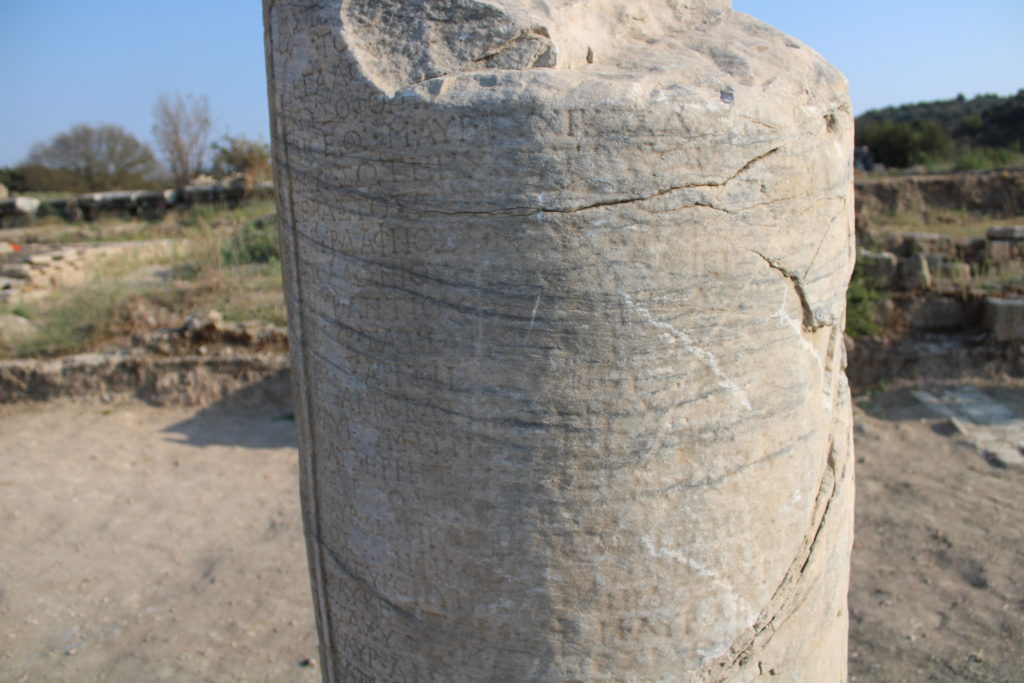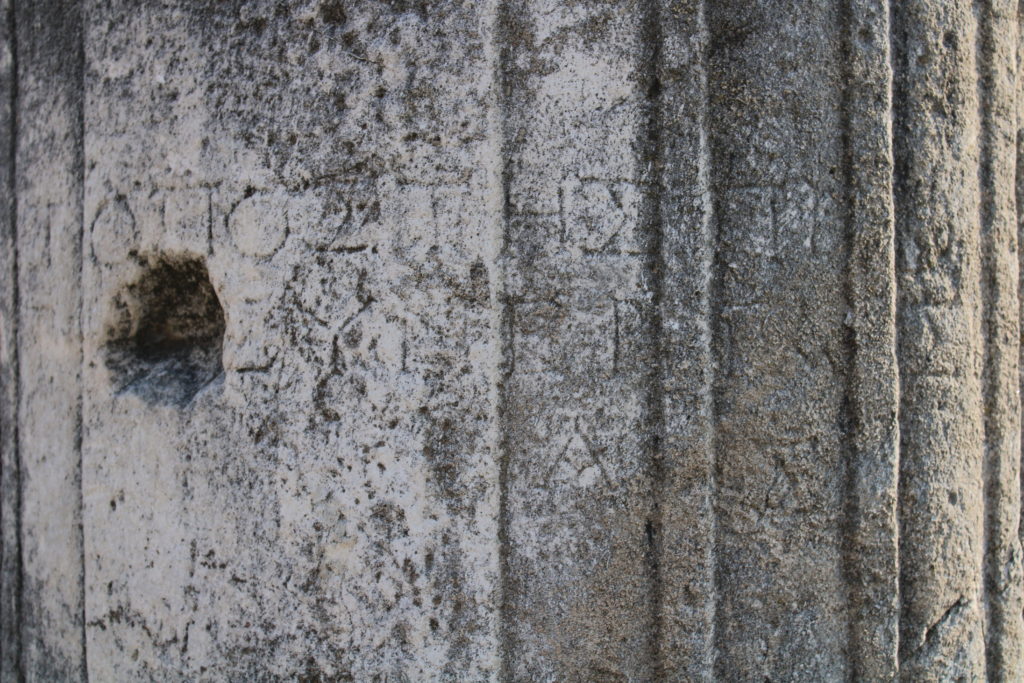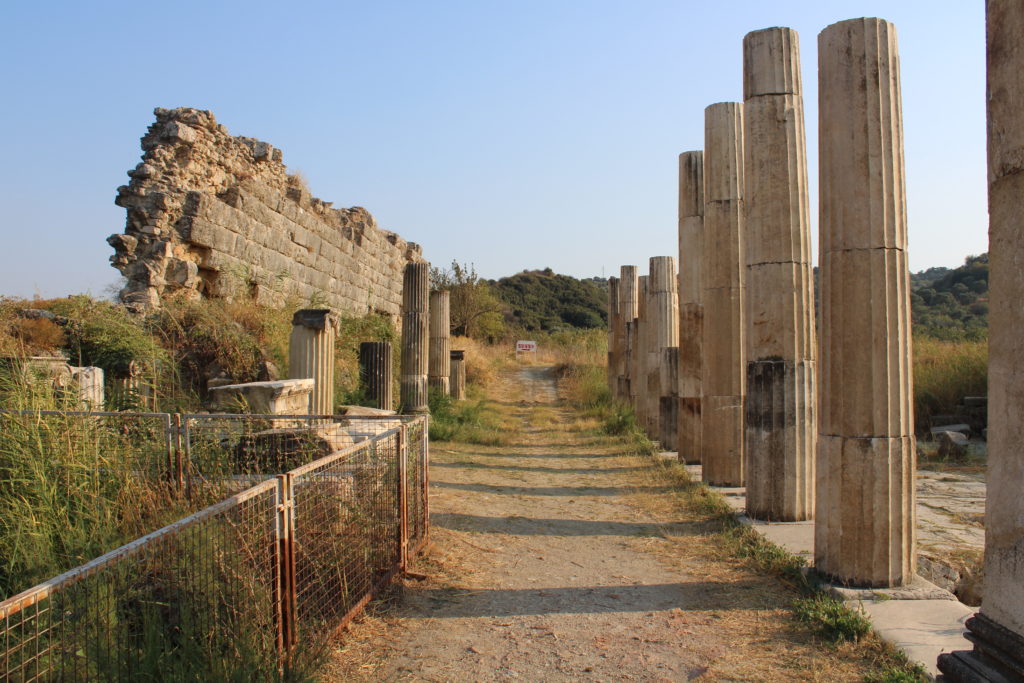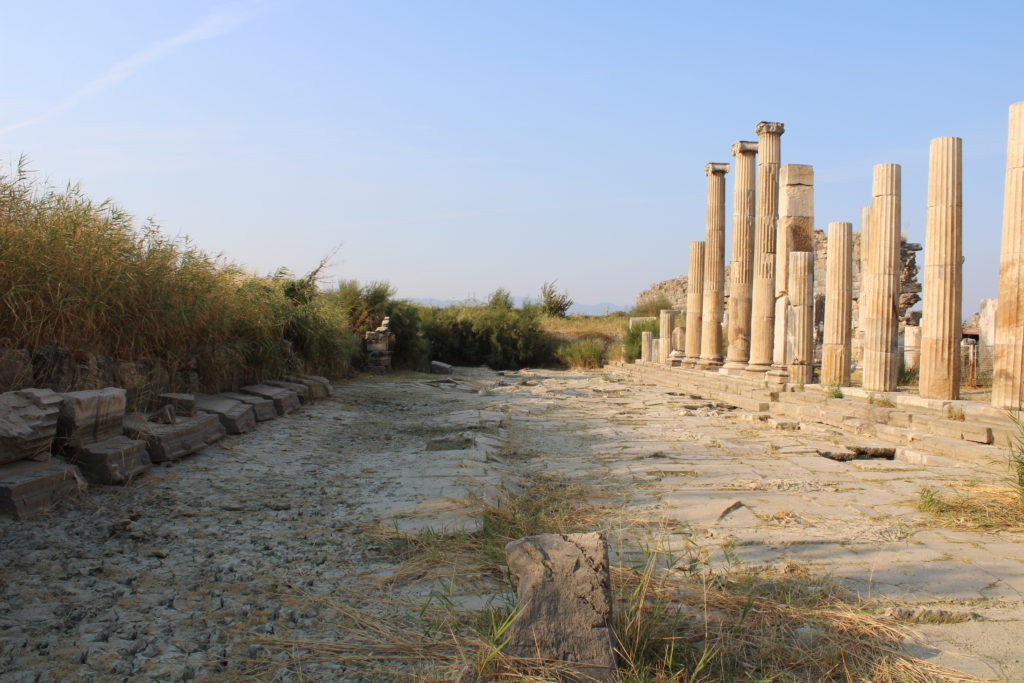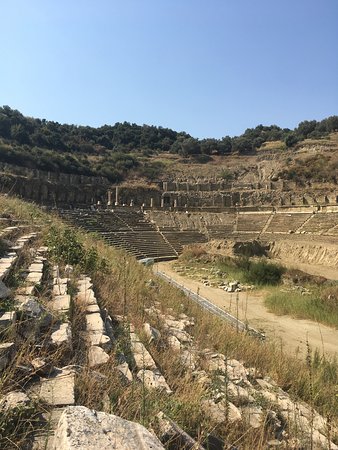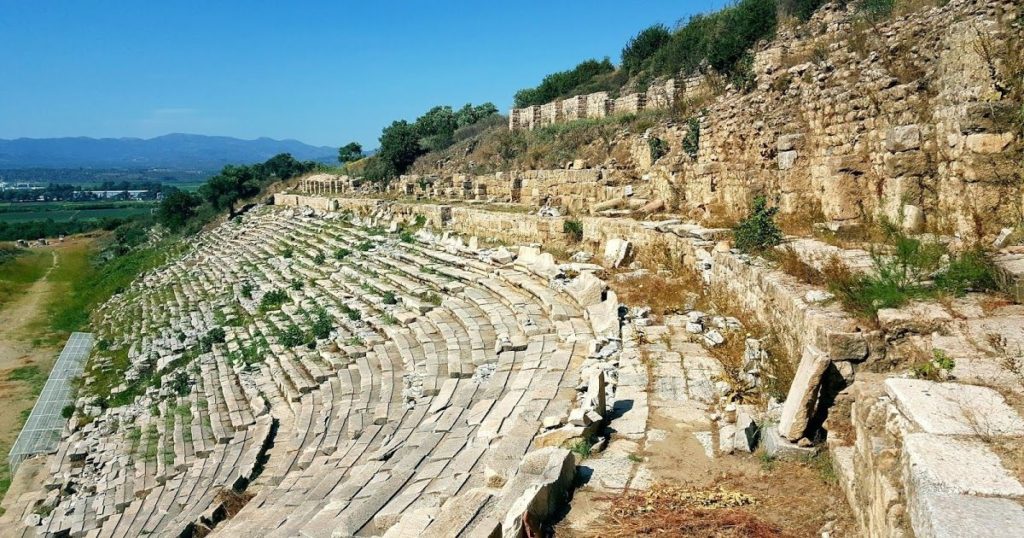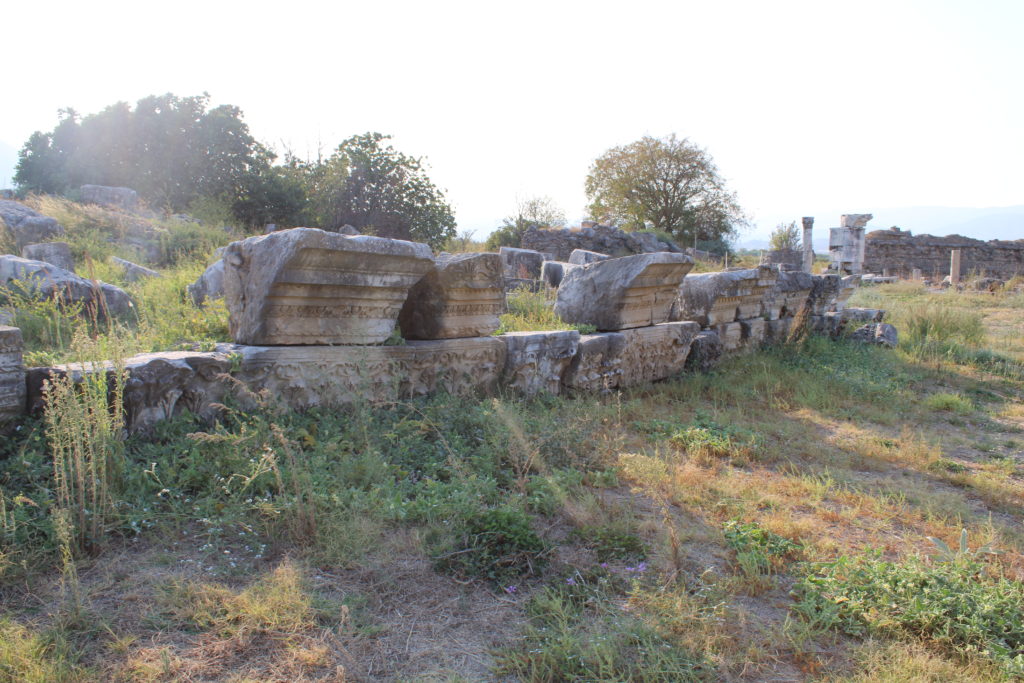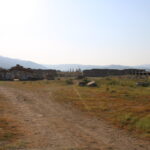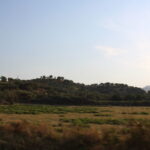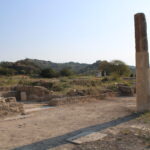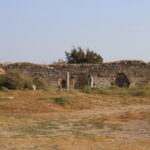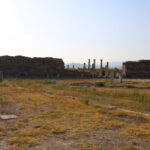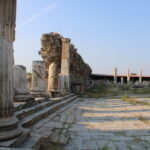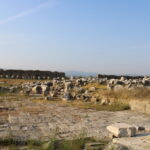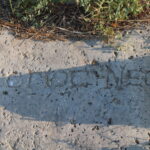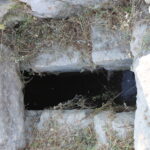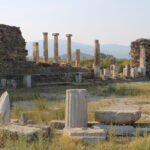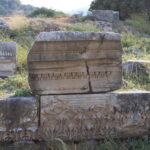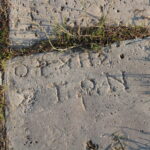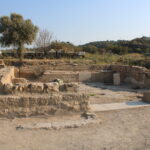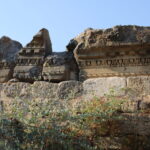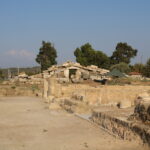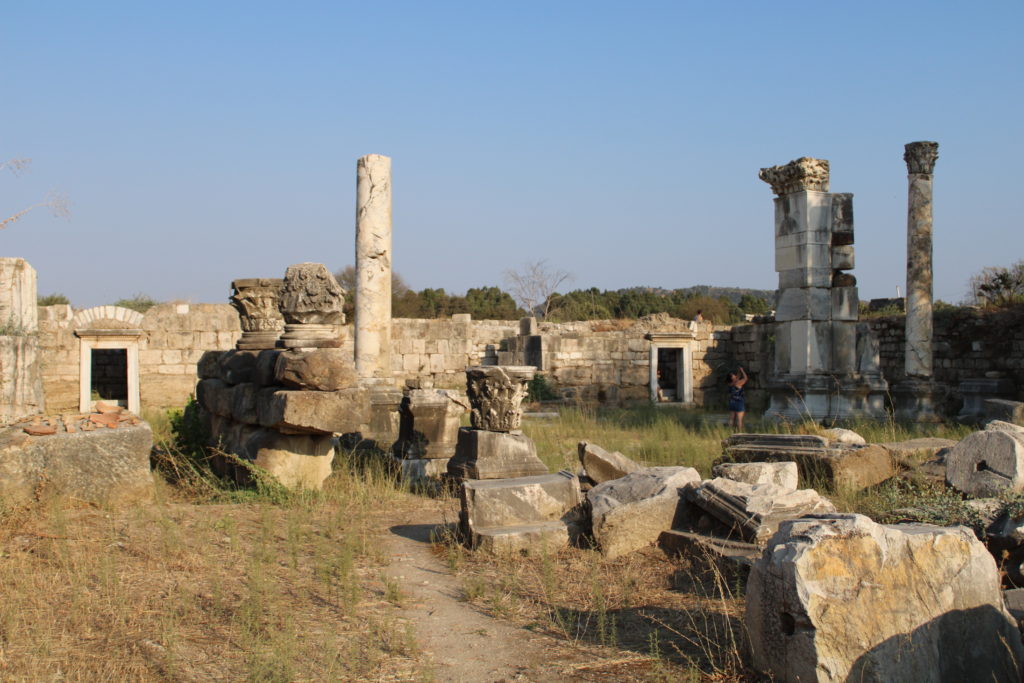
When one drives around the lovely countryside of western Turkey, through the main road between towns of Söke and the mid-size town of Germencik, both belonging to city of Aydın, you may come across a huge, impossible-to-miss ancient city just by the road, in fact, on both sides of the road! As the main road cuts through the city. That’s the ancient city of Magnesia ad Meander(or Meandrum) which means Magnesia on the Meander(today’s Menderes river) in Latin. It is not well known compared to some other cities of old, however this city is important as it is where Romans started to dominate ancient Greece, and ancient Greek hero and saviour Themistocles lived rest of his life.
The city is located close to Ephesus, which is one of the most popular ancient cities in whole world, as well as several others. Check the Travel Info at bottom of the page in case you want to plan a trip to another city nearby!
I did not prepare for this place nor planned to visit it (though i heard it from a few books), it was a great coincidence to stop by, because it is a massive and very well standing one, and dozens of Archeologists were doing research on the area. Scroll down to see how this thousands of years old Greco-Roman city looks like!
BRIEF HISTORY and STORY OF THE PLACE
Magnesia is a city of legends and real, important events. The city is mentioned in Homeros’ Illiad, as one of the supporters of Greeks in the war against Trojans. It is believed be founded by a people called Magnetes from Aeolia (in Greece). They also built another Magnesia (ad Siplyum) more to the north,in todays Manisa. Magnesia ad Meander originally had a different location, which is not yet discovered. At the beginning of 4th century BC, it was relocated to the location today.
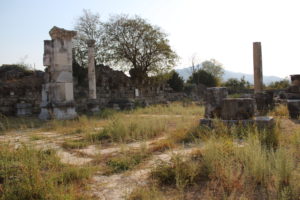
The city was under control of Lydia, a native Anatolian kingdom(inventors of coin money), since 7th century BC. At 547 BC, Lydian Kingdom was conquered by Persian Empire alongside all the Greek cities on the Ionian (western anatolian) shore.
Themistocles, the famous Greek hero, lived rest of his life after saving Greece here
Life is full of ironies, Themistocles, victor of battle of Salamis against Persians (you might know him if you watched 300: Rise of an Empire) and who saved Greece (and some believed western civilizations, too), fled to the Magnesia after their political rivals in Athens sentenced him as traitor, and was appointed as governor of Magnesia by Persians, his former enemy-now allies. Such a fate for a man who was considered a saviour, isn’t it, totally encouraging… 🙂 He had a famous tomb there , but did not survive to this day.
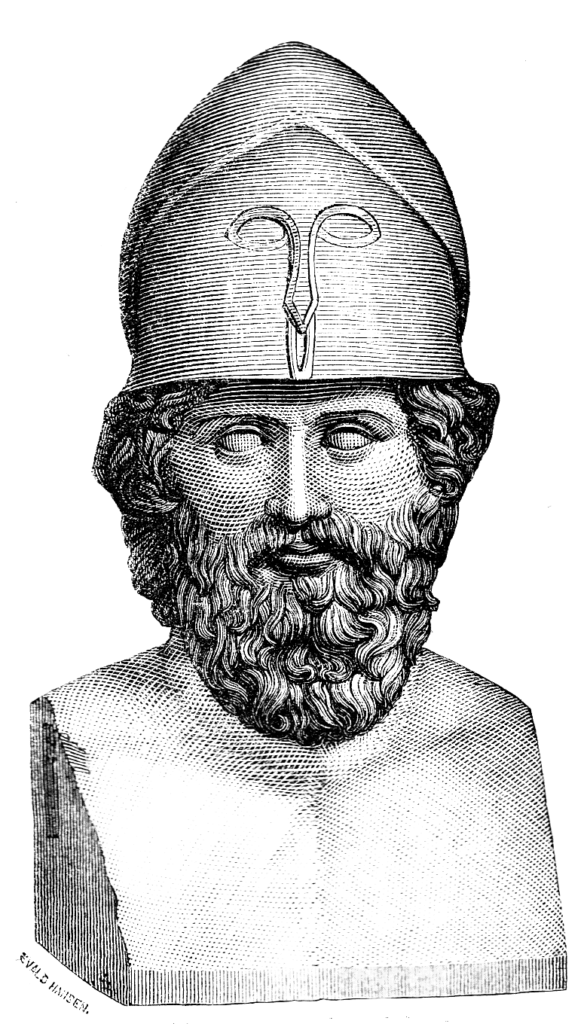
At 3rd century BC, Magnesia was conquered by Alexander the Great therefore was no more under Persian dominion. After this death, it became part of empire of Seleukos, one of Alexander’s subordinates until the battle of Magnesia in which Romans crushed the Seleukos Empire , then gained the control of area. At 133 BC, whole of Pergamon kingdom (you can check my entry of Pergamon) alongside Magnesia joined Roman republic. At 1st century AD, the city was decimated by a strong earthquake, however Roman emperor Tiberius rebuilt the city with great care.
The city had one of the earliest christian communities, befor ethe christianity was officially allowed in Roman empire. In 3rd century the city was pillaged and destroyed by migrating Goths, after which the city lost its importance and never truly recovered. Around 14 th century , after Byzantine and Turkish dominions, the city was completely abandoned after a series of diseases and disasters.
DISCOVERING THE CITY
The ancient city itself is a typical example of big Greco-Roman cities, with earlier Greek buildings complemented by later added Roman buildings throughout the city after conquest. It is a quite big city and you might have to spend 20-25 minutes walking between some parts of the city. Scroll below to see it with pictures and read captions of pictures a bit for more details!
We start with Artemis sanctuary, which is sort of central hub of the ruins.

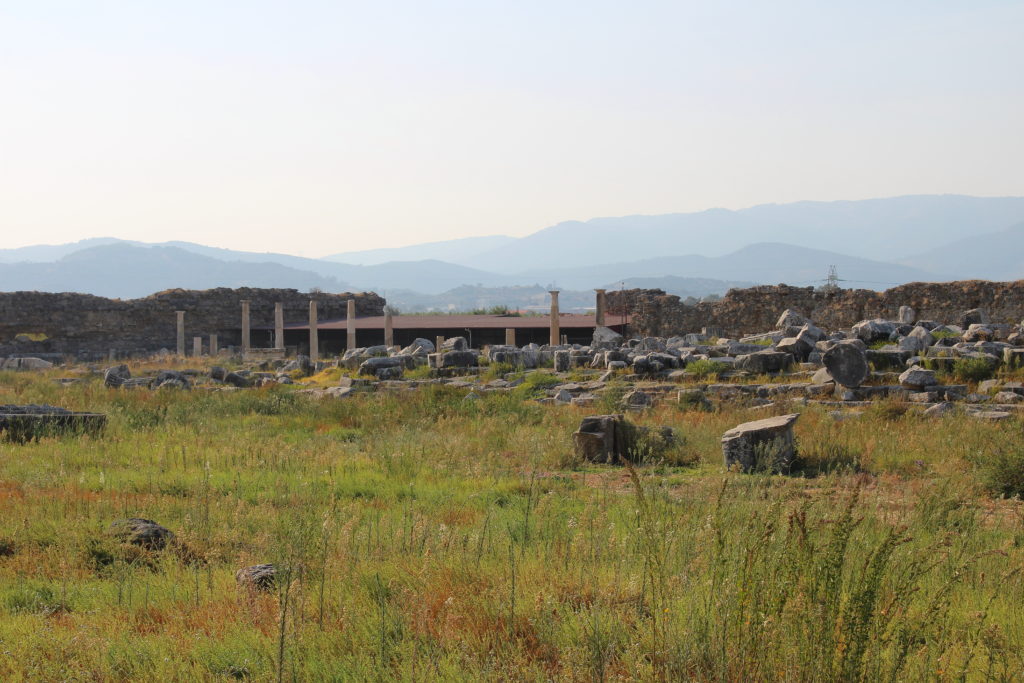
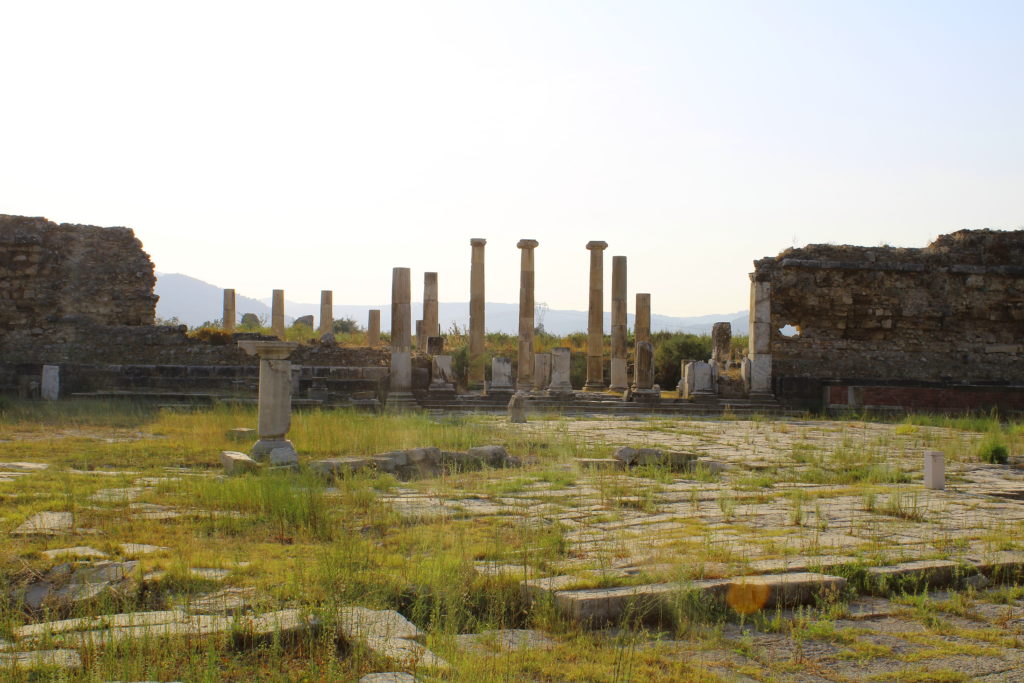
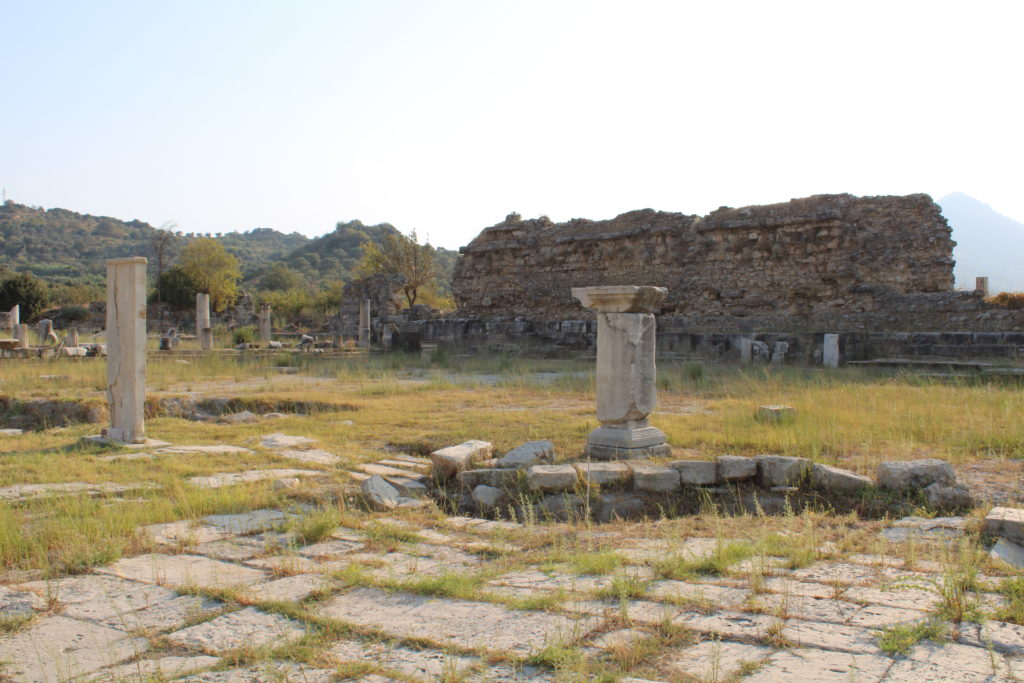
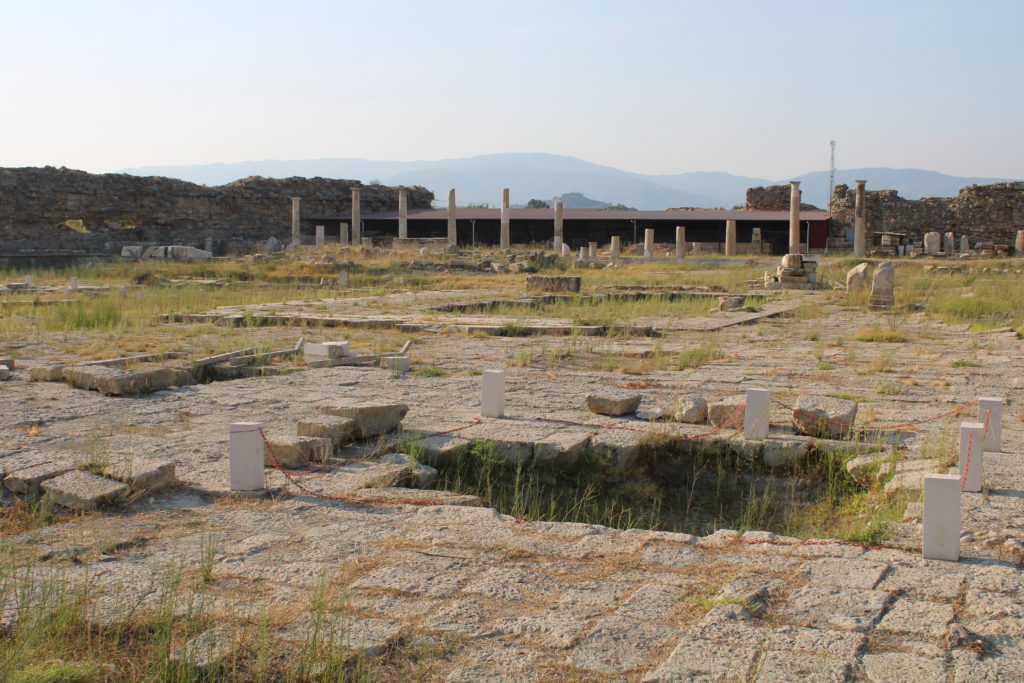
Moving on, we arrive at Agora a.k.a. the marketplace, center of city for commoners and peasants! There are actually two agoras in the city, one called Trade agora, other commoners agora, though i don’t know the difference myself.
Most of the Agora comes from Romans, as earlier Greek ones has been replaced.
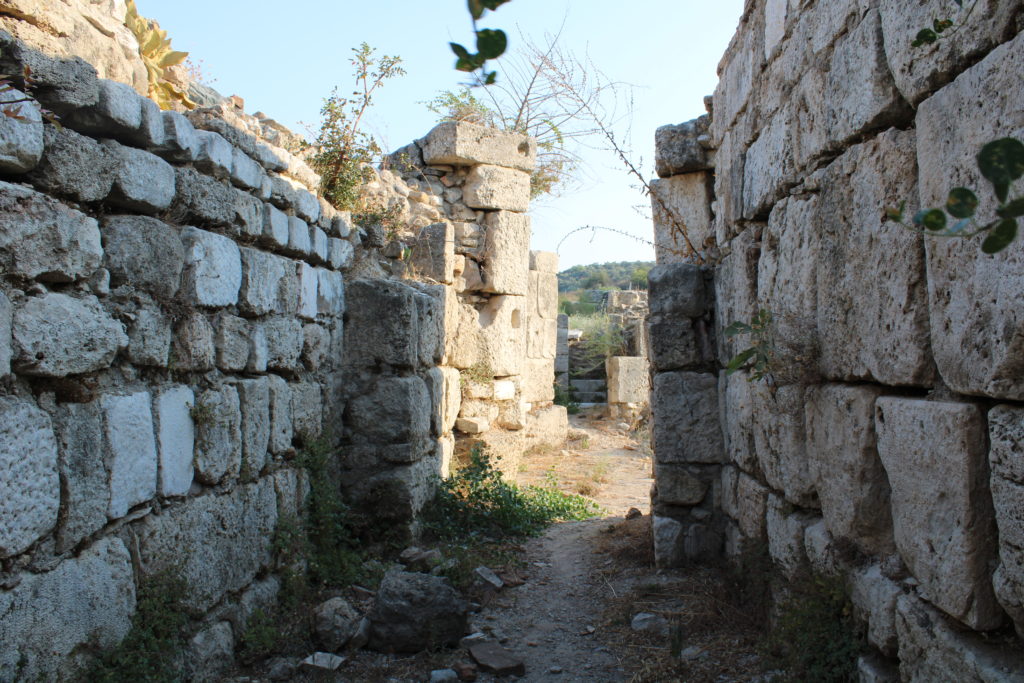
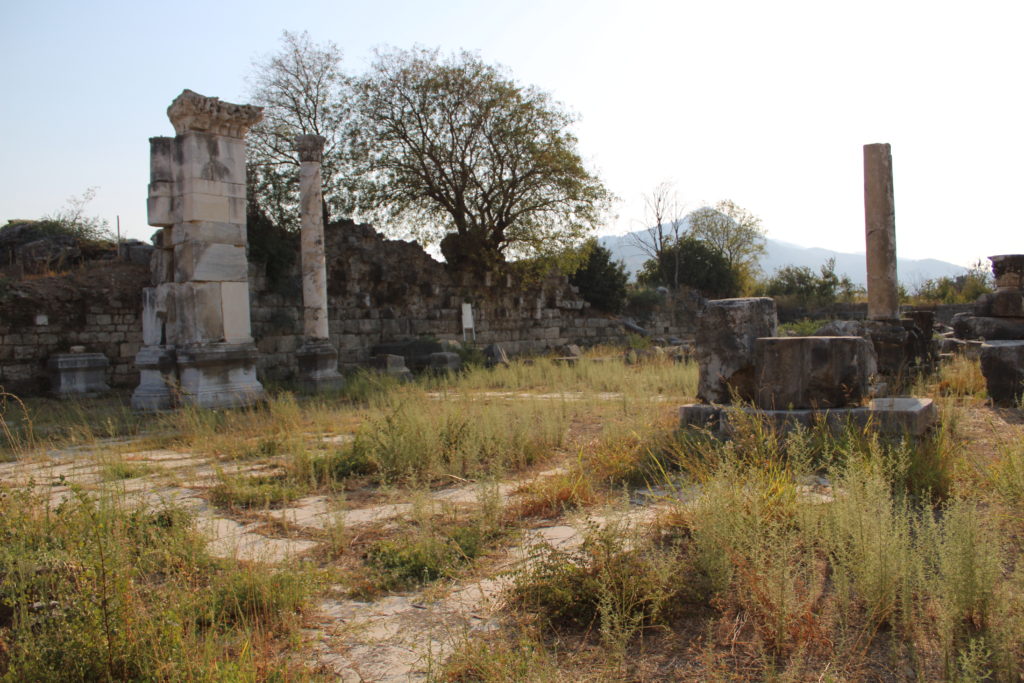
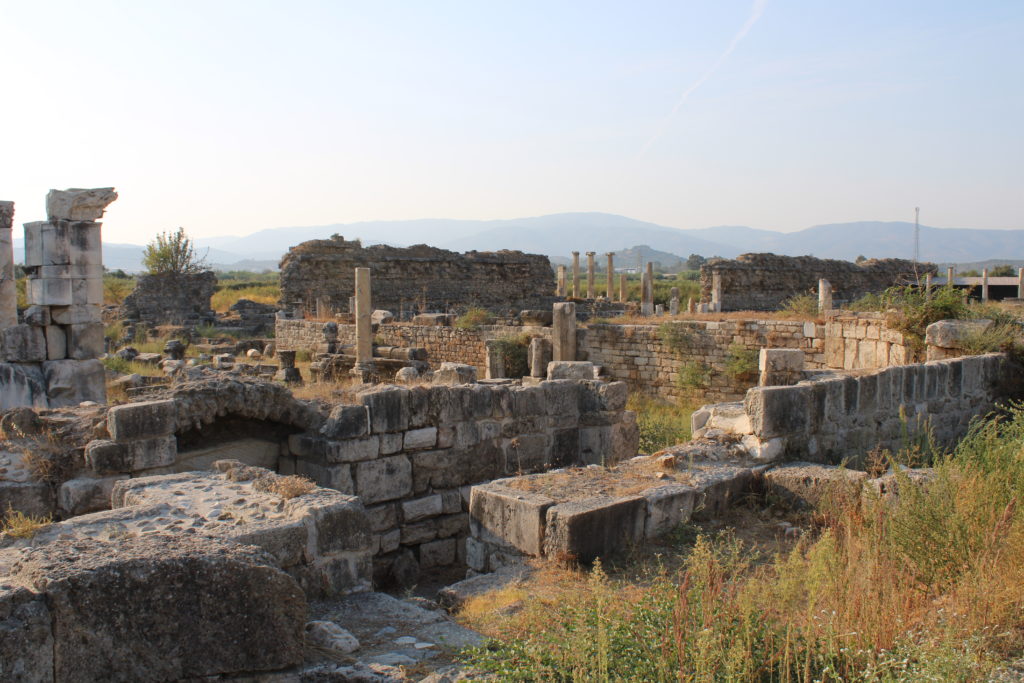
The Epic Stadium
As i read , the most famous and epic building in the whole city is the Stadium (Stadion), it is still standing in a good condition and is huge! Sorry for the lower quality pictures!

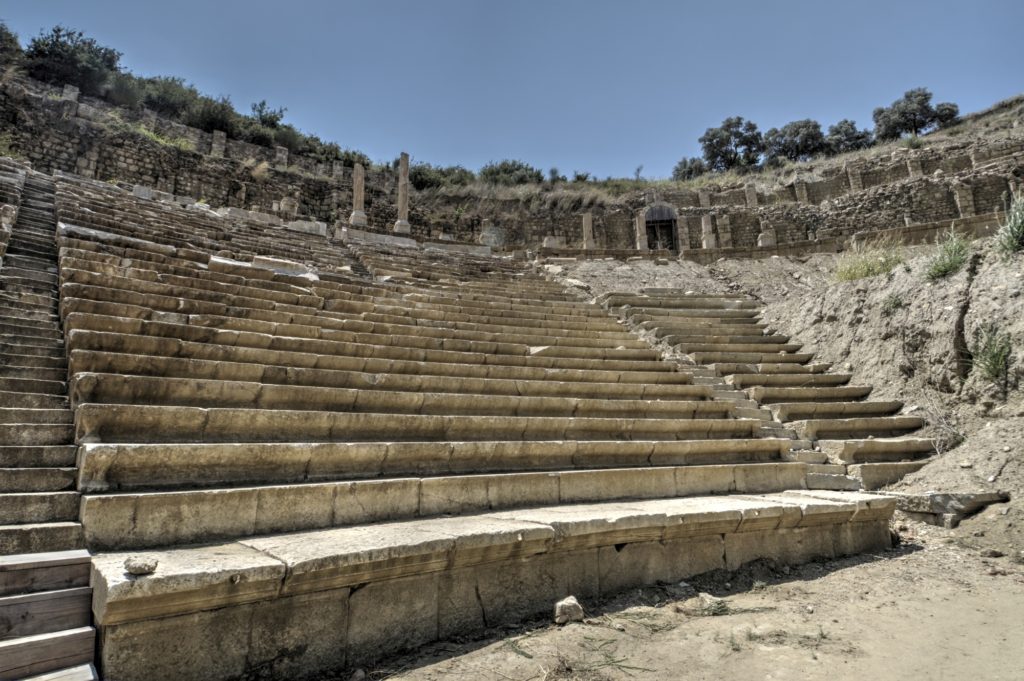

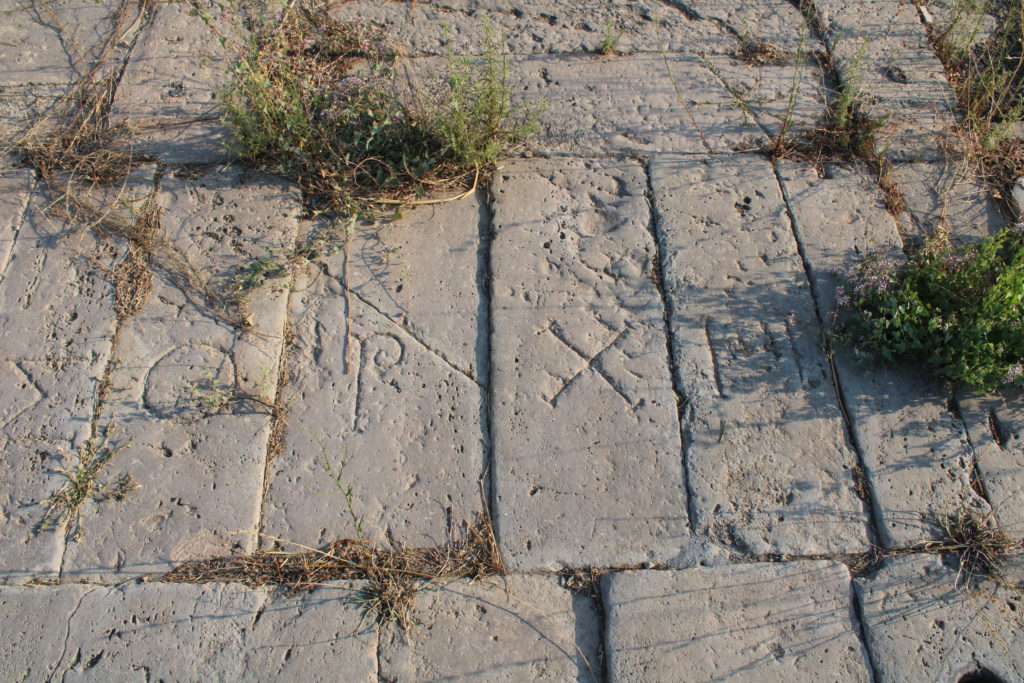
SCENERY
The area around Magnesia is a flat place surrounded by small hills, a lovely countryside. In the summer it can be quite hot though. There are fruit trees and farms nearby which you might see during your trip. Check the scenery below in the pictures !
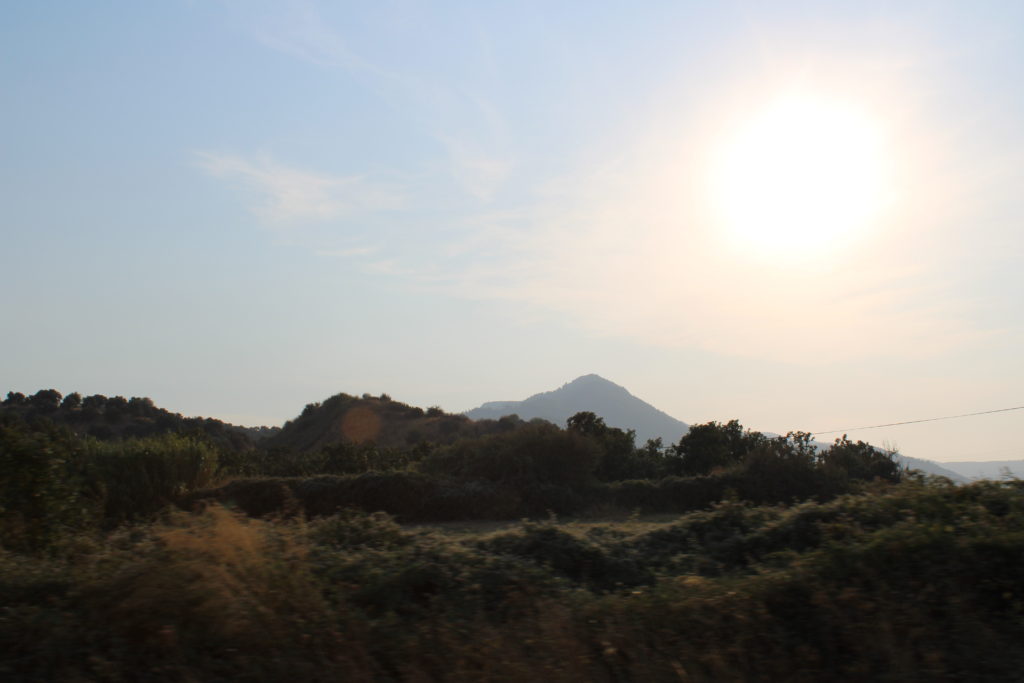
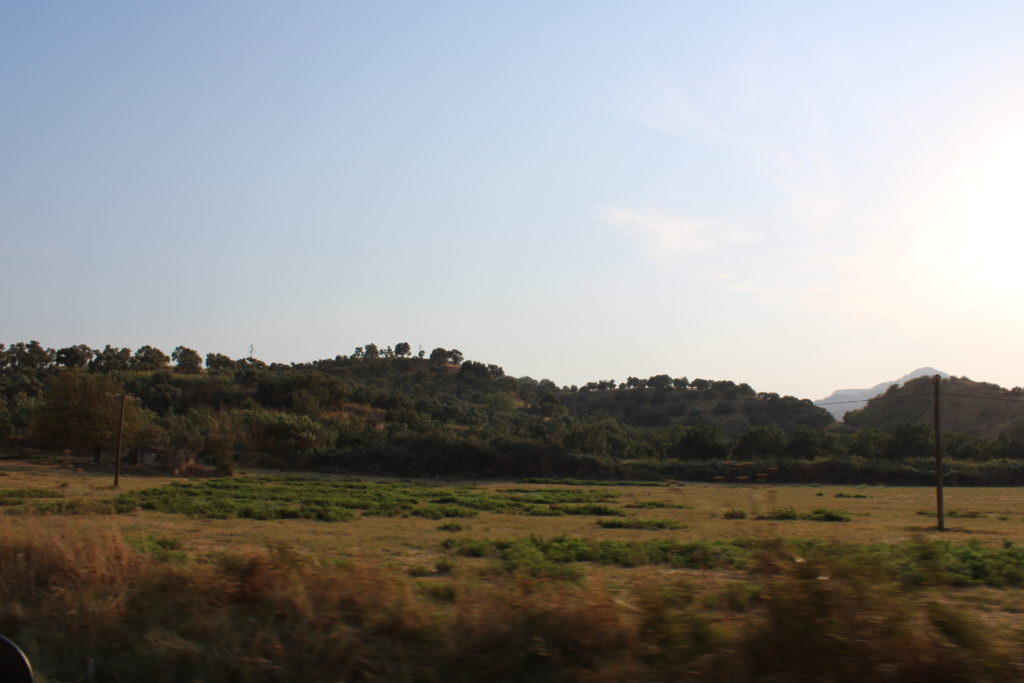
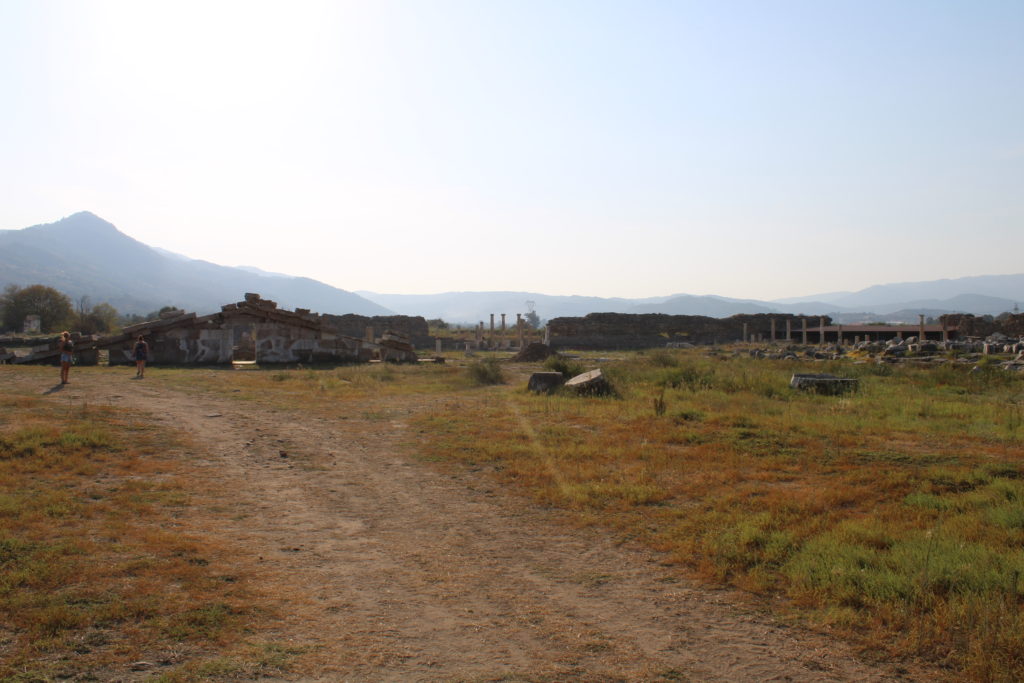
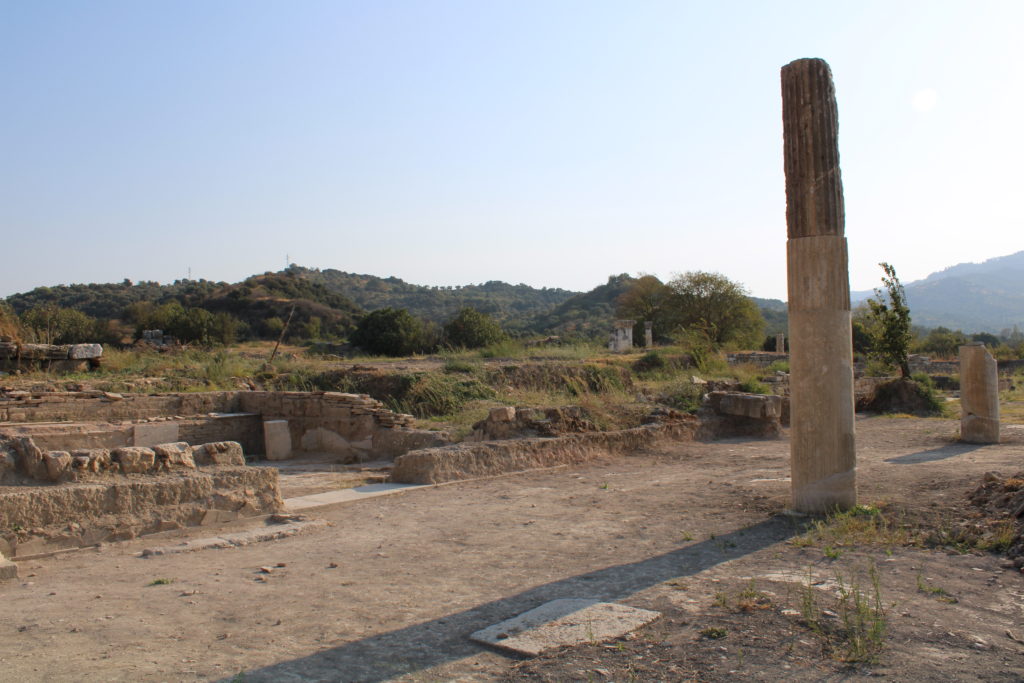
FOR TRAVELLERS: Personal advices, directions and final remarks
It is around 100 kms away from both İzmir and Bodrum, the main tourism hotspots of region.
As always, i am against the tours and always recommend travelling by own. You can rent a car, which is not that expensive and this way travel also interesting things nearby. I also recommend hitchhiking here! It is really easy, and you don’t need to go highway (it is impossible anyway there). The roads are quite easy for drivers to stop by and in general easy to catch a ride, but as always care for your security!
You can visit the both Söke, Germencik and Ortaklar towns which are quite near, and see their old towns, churches and smaller antique ruins to combine your trip.
Also try the food in the towns! There are regional meat grills on skewer restaurants, very delicious and fair priced. Also fresh fruits and vegetables from farms in the town are worth trying, too.
GALLERY
The rest of the pictures is here. Some are same things in different angles, others are different views of the city. Check them out if you are interested in more scenery!
Related Websites / sources
https://www.magnesia.org – The official website


